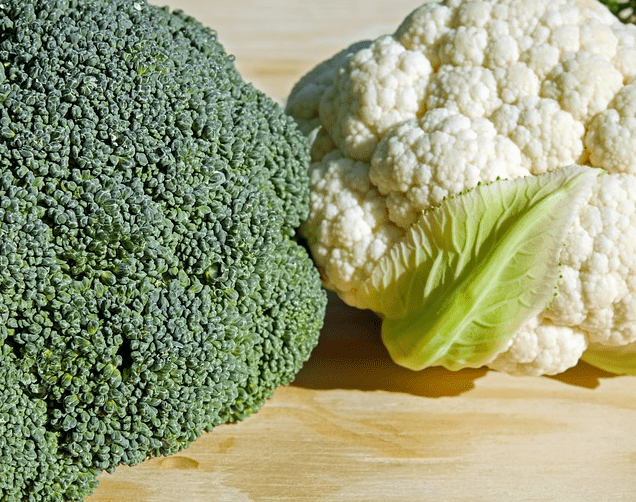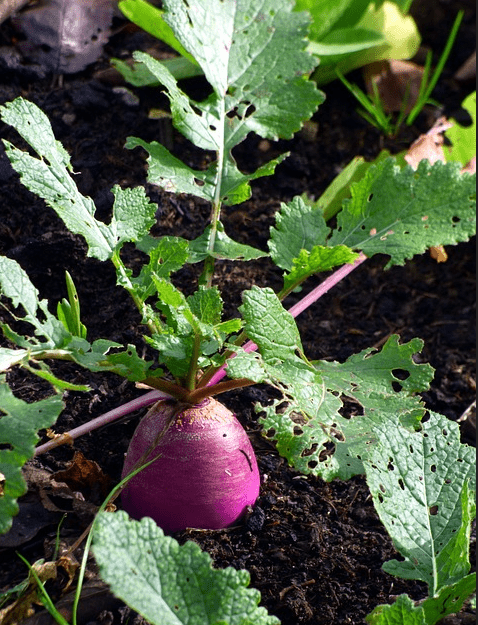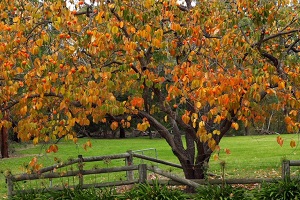Broccoli and cauliflower have made several appearances in this newsletter before, but typically separately. This week, I've decided to dedicate the blog to both of them. As you'll soon discover, there are excellent reasons to pair these two together, and the most immediate reason is that they're both waiting for you in this week's box, and now, after the first rain, they truly are at their peak.
This isn't the only reason. Most of you already know that, botanically speaking, both broccoli and cauliflower are essentially variations of wild cabbage, and we eat the flower part of the plant.
For me, and as you'll discover for others, broccoli and cauliflower are the power couple of the Brassicaceae family. One of the things I love most about cauliflower and broccoli is that, despite being very similar and closely related, the culinary experience is very different in terms of appearance, texture, and flavor.
So where do we start? From the beginning, or as you already know – all roads lead to Rome. Like most vegetables developed through the domestication of wild cabbage (including cabbage in its varieties, kohlrabi, and other variations), both cauliflower and broccoli were born in the European part of the Mediterranean basin.
If you ask the Romans, broccoli and cauliflower are their invention, and since history is written by the victors, and the Romans stood at the podium for 1,000 or even 1,500 years (depending on how you count), we can choose to believe them and accept the claim.
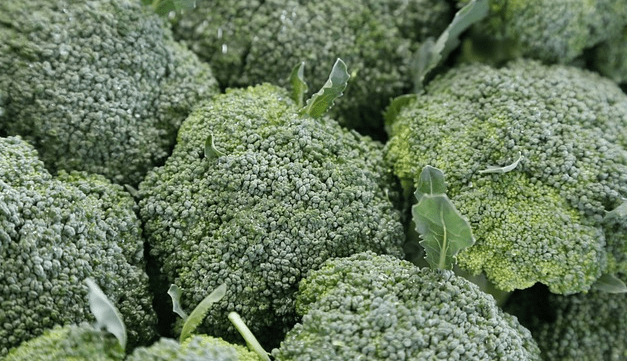
On the other hand, the Romans were not averse to cultural appropriation and had a lot to appropriate. At the peak of the Roman Empire in the 2nd century AD, every inch of the Mediterranean coastline was part of the empire. In other words, you could stand in the northwesternmost part of the African continent (in modern-day Morocco), on the French Riviera, and even on the Tel Aviv Beach and technically still be in Rome.
Broccoli was indeed domesticated in what is now Italy, but this happened as early as the beginning of the first millennium BCE, when Rome was still just another city-state in Italy. Those responsible for the move were not the Romans but rather the Etruscans, who in the early first millennium BCE were the dominant force in the southern part of the Italian peninsula.
For the Etruscans, broccoli was not only a beloved vegetable but also a product they traded with neighboring cultures in the Mediterranean region, such as the Phoenicians. In any case, they gave broccoli a lot of respect, they gave the Romans less respect, and that was a mistake.
Because Rome, with its unique system of government – the Republic – quickly transformed from just another small state into a regional power that by the 5th century BCE had already swallowed up most of the Italian peninsula and its appetite knew no bounds.
Speaking of appetite, the Romans loved broccoli very much and simply appropriated it as a Roman food. They ate broccoli in a variety of ways. Just as we do today, the Romans used to boil broccoli. We know of Roman recipes that describe preparing broccoli in wine, olive oil, with onions and spices, and more. In addition, the Romans used to eat fresh young broccoli florets before every feast – believing that broccoli stabilized the stomach and allowed for large quantities of alcohol to be consumed.
And what about cauliflower? Thank you for asking, because the Romans were also crazy about cauliflowers and there's a chance they actually invented it. That is, they developed it through a long process of natural selection.
Pliny the Elder, one of the most famous naturalists in Roman history who was active during the 1st century CE, wrote about cauliflower as follows: "Of all the varieties of cabbage, cauliflower has the most exquisite taste."
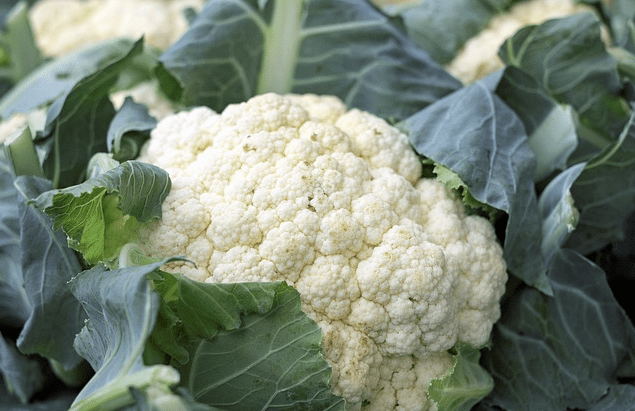
Pliny continued with a practical tip: "To prevent bad odors and reduce bloating, it is recommended to drain the cauliflower well after boiling and rinse it again with water before serving."
This characteristic of cauliflower did not deter the Romans, who continued to be loyal to both it and broccoli, and this can still be seen in the Italian cuisine of our time. As is well known, the Italians see themselves as the successors of the Romans, even if this claim has some genetic and geographic basis, it doesn’t last when examining the cuisine.
Pasta, which today characterizes Italian cuisine, arrived in the land of the boot only in the Middle Ages, and many of the classic ingredients in Italian cuisine such as tomatoes, peppers, and corn arrived there only in the 16th century (pizza was born in the 19th century).
Fortunately for the Italians, there were some vegetables that were common in historical Rome, and broccoli and cauliflower are two of the most prominent, and there are indeed traditional dishes, especially in southern Italy, that still echo the flavors of the Roman Empire and the Romans' love for cruciferous vegetables.
Therefore, I will end with a quote from Emperor Diocletian (which I have already put here once, but it is really a good quote), who is considered one of the most successful emperors in the history of Rome and the only one who decided to retire and leave the throne on his own initiative.
About a year after his retirement, a delegation of Roman dignitaries came to him and begged him to return to the imperial throne. This is what he told them: "If you had seen the wonderful cauliflowers I grow, you would not have come to me with such a foolish proposal."

